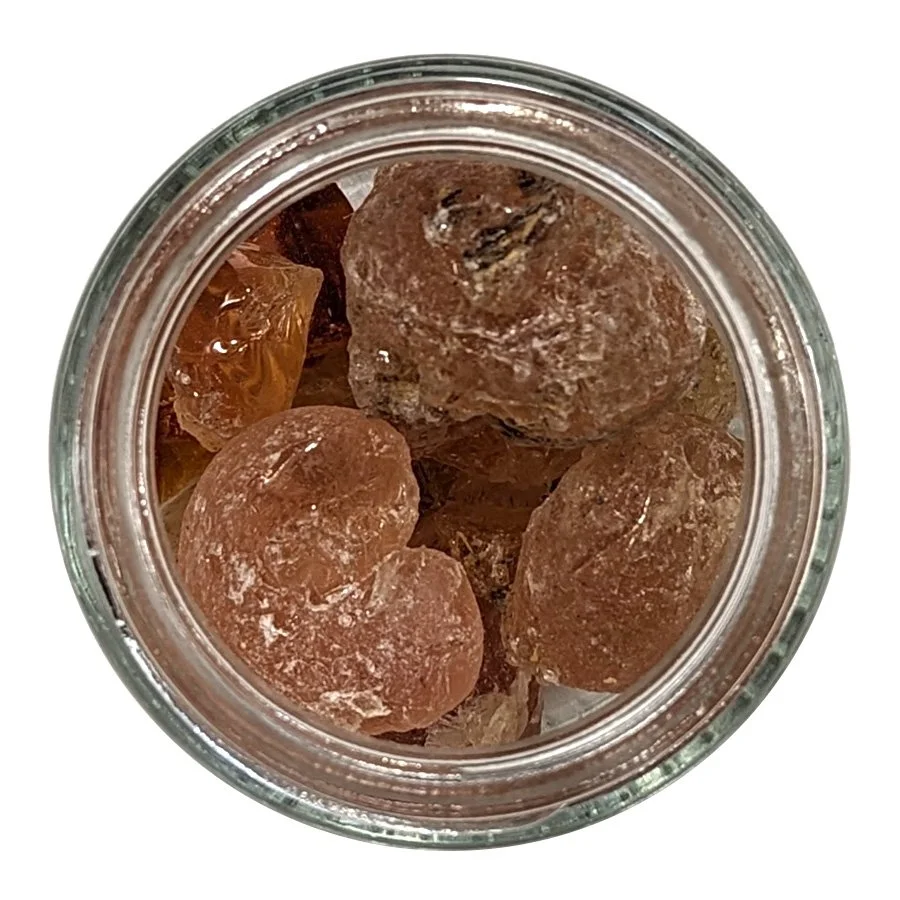CARBON INK (MORAKKAB-E DŪDEH / MEDĀD)
Carbon ink is the oldest ink created and was used in Egypt as early as the 4th millennium BCE. Ingredients consist of soot collected from burning different material, a binder (plant or protein based) and water. In Persia, the ingredients used were lampblack (soot collected by burning linseed oil) and gum Arabic (extract of the Acacia Senegal tree). Carbon ink is extremely stable; however, it stays on the surface of the paper and can be removed physically.
The method of preparing lampblack is given in this poem by Majnūn Rafīqī Hiravī (16th C):
خواهی که در آن بود سیاهی از دوده بگیر آنچه خواهی
کاغذ طلب و خریطه ای ساز وان دوده در آن خریطه انداز
آن را به خمیر گیر چون نان در گرم تنور پخته گردان
If you want to create ink, get as much soot as you desire
Get some paper and make a container, pour the soot in to the container
Secure it in dough and bake it in a heated furnace as you would with bread
Making Carbon Ink:
Lampblack is placed in a mortar
Gum Arabic is dissolved in water until a honey-like consistency is reached.
The gum Arabic liquid is added to the mortar slowly while being ground, mixed and brayed with a pestle.
The braying process takes a minimum of 5 hours.
Gum Arabic liquid is added to lamp black
Carbon ink applied on paper
The mixture is brayed and mixed in a mortar for 5 hours.
Lampblack
Gum Arabic




